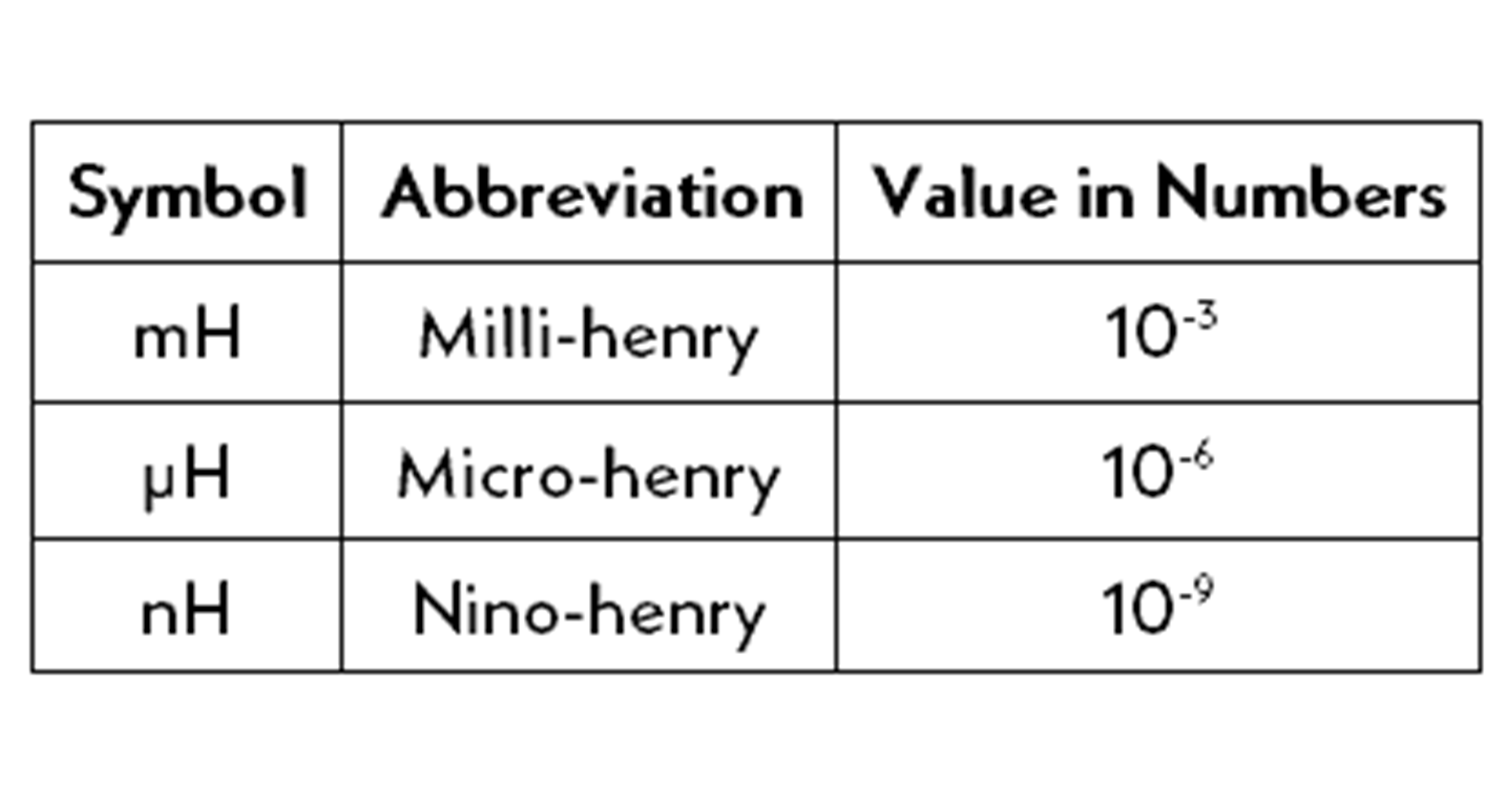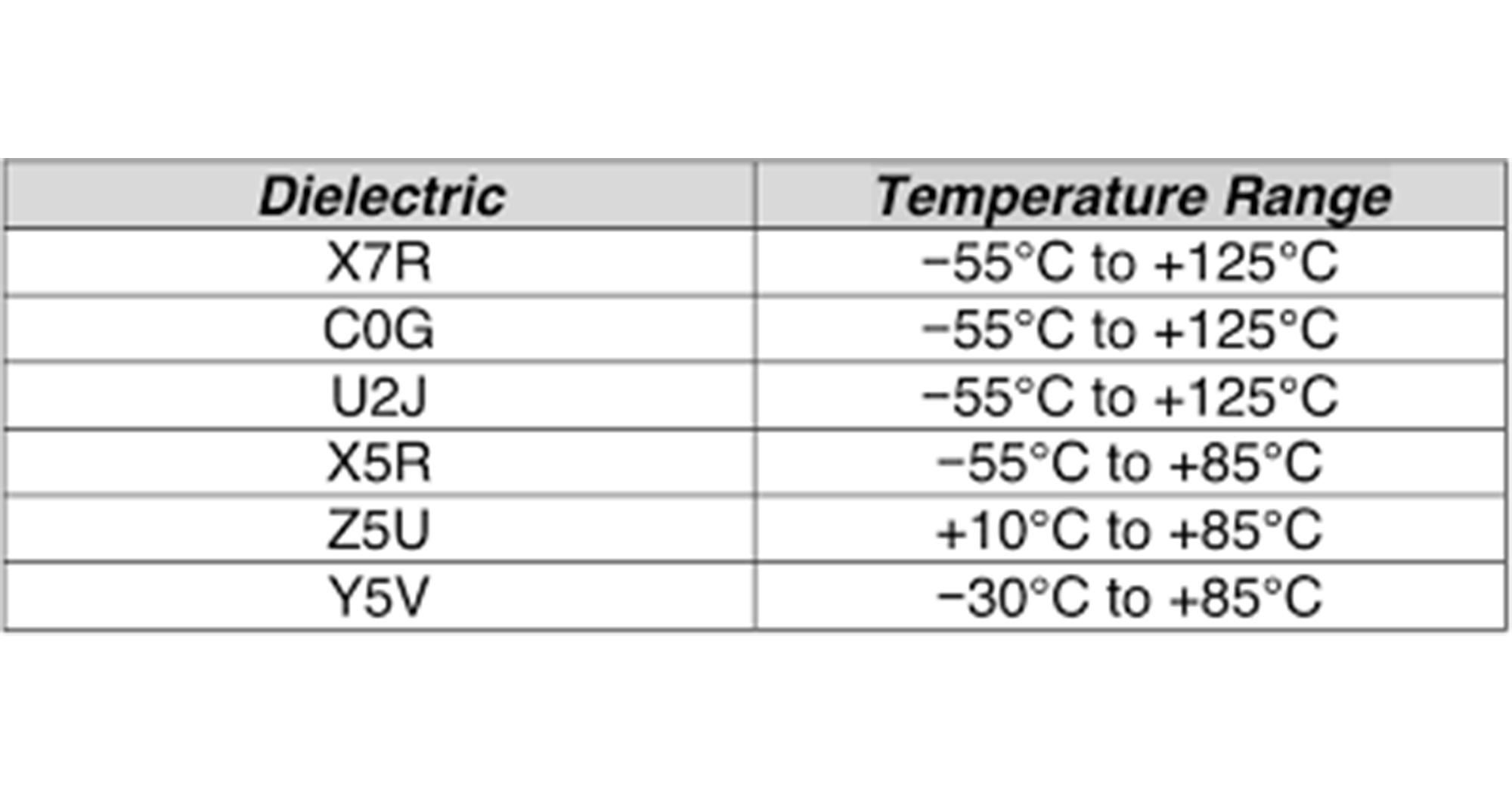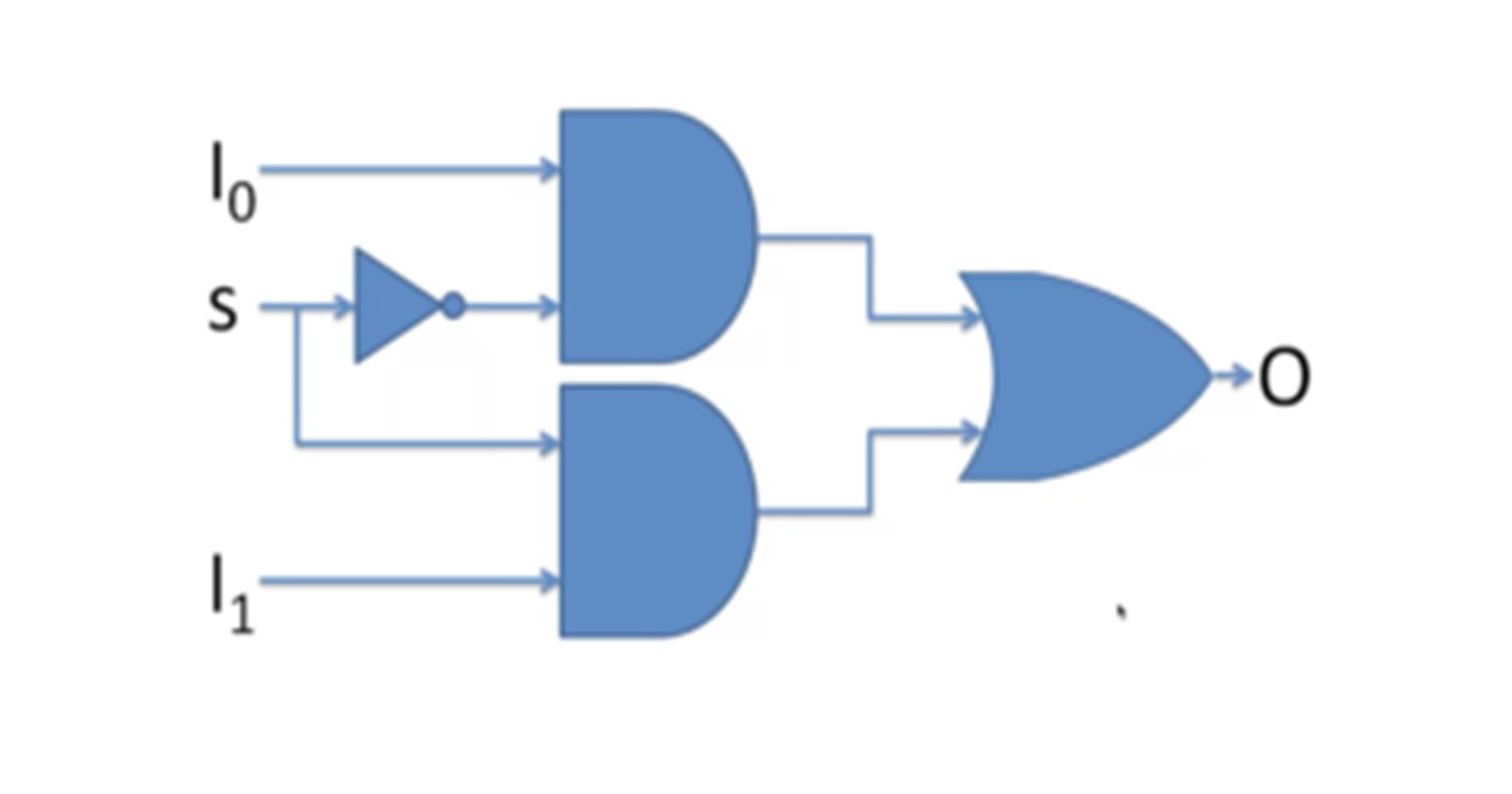Understanding Inductance Values in Inductors: What the Numbers Mean
Inductors are vital components in electronic circuits, used in power supplies, signal filtering, and energy storage. A common question among beginners and even experienced professionals is: What do the inductance values mean, and how do they influence the choice of an inductor? This article aims to demystify inductance values and provide clarity for procurement professionals, engineers, and electronics enthusiasts.
What Does the Inductance Value Represent?
Inductance, measured in Henries (H), represents an inductor's ability to store energy in its magnetic field when a current flows through it.
Unit Breakdown: Inductance values are typically expressed in microhenries (µH), millihenries (mH), or nanohenries (nH). For example, an inductor rated at 10 µH can store a small amount of energy compared to one rated at 100 µH.
Number Meaning: The inductance value determines how the inductor reacts to changes in current and voltage. A higher inductance value means more energy storage capacity and greater resistance to changes in current.
Example: In a DC-DC converter, a 10 µH inductor may be suitable for high-frequency switching, while a 100 µH inductor might be better for low-frequency applications requiring more energy storage.
High vs. Low Inductance: How to Determine Your Requirements
The required inductance depends on the application and the circuit's operating conditions.
High Inductance (e.g., 100 µH or more):
Used in applications where energy storage or smoothing is critical.
Common Applications:
Power supply filters to reduce ripple.
Energy storage in boost converters.
Low-frequency signal filtering.
Advantages: Smooths current fluctuations and maintains stable performance in sensitive circuits.
Low Inductance (e.g., below 10 µH):
Preferred in high-frequency circuits where fast response is essential.
Common Applications:
High-speed switching in DC-DC converters.
RF circuits for impedance matching or signal tuning.
Noise suppression in high-frequency signals.
Advantages: Smaller size, reduced response time, and better performance at high frequencies.
How to Choose the Right Inductance Value?
Selecting an inductor involves balancing the inductance value with other parameters like current rating, size, and frequency.
Understand the Circuit Requirements:
Analyze the purpose of the inductor in your circuit. Is it for filtering, energy storage, or signal tuning?
For power circuits: Use inductors with higher inductance and current ratings.
For RF or signal circuits: Choose lower inductance values for better high-frequency performance.
Check Compatibility with Frequency:
High-frequency applications require low inductance values to avoid saturation and ensure fast response.
Low-frequency designs can handle higher inductance values for better energy storage.
Consider Physical Size:
Inductors with higher inductance values are often larger. Compact designs may require a compromise between size and performance.
Other Key Inductor Parameters to Keep in Mind
While inductance is the primary factor, don’t overlook these additional parameters:
Rated Current: Ensure the inductor can handle the maximum current without overheating or saturating.
Saturation Current: Higher inductance values might saturate earlier; choose accordingly.
DC Resistance (DCR): Lower DCR reduces power losses and improves efficiency, especially in power circuits.
Q Factor: Higher Q values indicate better efficiency and performance in RF and filtering applications.
Conclusion
The inductance value of an inductor is a critical factor that determines its role and performance in a circuit. Higher values are ideal for energy storage and low-frequency filtering, while lower values excel in high-frequency and fast-switching applications.
By understanding your circuit's specific needs and considering additional parameters like current rating and size, you can confidently choose the right inductor. For beginners and seasoned professionals alike, making the right choice not only enhances circuit performance but also ensures long-term reliability.
Some Model Numbers




